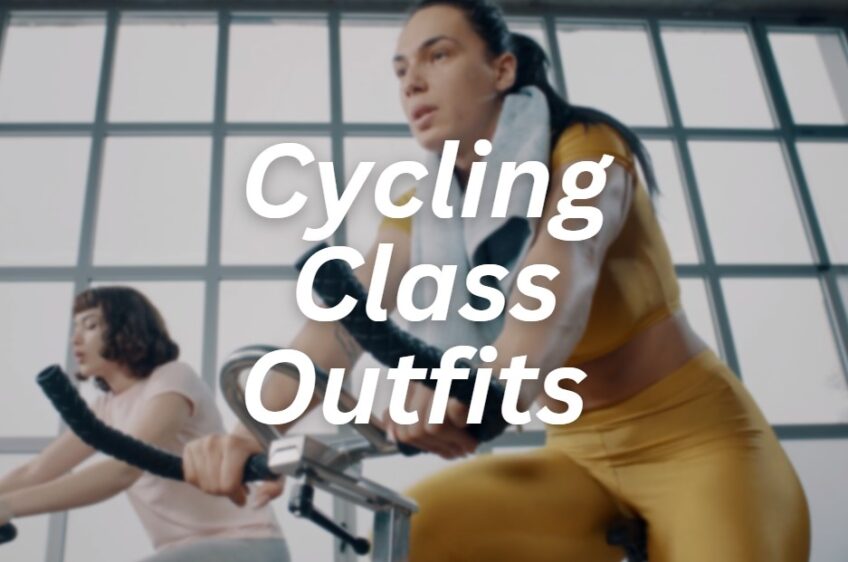Cycling classes are a great way to get a high-intensity workout that’s low-impact on your joints. However, figuring out what to wear to a cycling class can be a bit daunting, especially if you’re new to the sport. In this article, we’ll give you some tips on what to wear to a cycling class so that you can feel comfortable and confident during your workout.
Essential Clothing for a Cycling Class
Choosing the right clothing is essential when it comes to taking a cycling class. You want to be comfortable, cool, and able to move freely without restriction. Here are the essential clothing items for a cycling class:
- Moisture-wicking top: Choose a top made of moisture-wicking material to help keep you dry and comfortable during the class.
- Padded shorts: Cycling shorts with padded chamois can help absorb shock and prevent chafing during the workout.
- Proper footwear: Choose shoes with a stiff sole that can clip into the pedals for maximum efficiency and power.
- Gloves: Padded gloves can help improve your grip on the handlebars and prevent blisters or calluses on your hands.
- Sunglasses: Protect your eyes from the bright lights or sun with a pair of sunglasses.
Proper cycling shorts
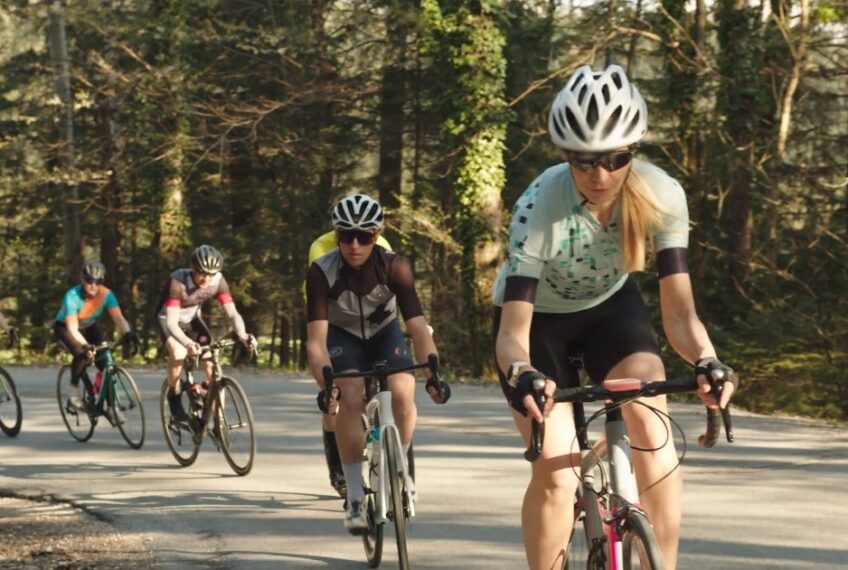
They are a must-have when it comes to attending cycling classes. Here are some tips for choosing the right cycling shorts:
- Opt for shorts that fit snugly but are not too tight. You want to be able to move freely without feeling restricted.
- Consider the length of the shorts. Some people prefer longer shorts that cover the upper thigh, while others prefer shorter shorts that end mid-thigh.
- Look for shorts made from moisture-wicking fabric to keep you cool and dry during your workout.
Lastly, don’t forget to wear your padded cycling shorts without underwear for maximum comfort and protection, but if you’re still unsure, read more about the ongoing debate on whether or not to wear underwear with bike shorts to make an informed decision.
Moisture-wicking shirt
A moisture-wicking shirt is an essential item to wear to a cycling class. These shirts are designed to pull moisture away from the skin and evaporate it quickly, keeping you dry and comfortable during intense workouts.
When choosing a moisture-wicking shirt for cycling, look for fabrics made from polyester or nylon blends, as they are the most effective at wicking away moisture. Cotton should be avoided, as it tends to absorb moisture and become heavy and uncomfortable during exercise.
Additionally, look for shirts with mesh panels or vents to increase airflow and keep you cool. A form-fitting shirt will also reduce any excess fabric from flapping around during the cycling class, reducing potential distractions.
Comfortable cycling shoes
They are an essential part of comfortable cycling and will help you to maximize your workout during this class. Here’s what you should look for in comfortable cycling shoes:
- Fit: Your shoes should fit snugly but not be too tight. Look for shoes that have adjustable closures to help customize the fit.
- Breathability: Make sure your shoes are ventilated to keep your feet cool and dry during intense workouts.
- Stiff sole: Look for shoes with a stiff sole, as it will help transfer more energy from your legs to the pedals, giving you more power and speed.
- Cleats: Many of these shoes come with cleats that attach to your pedals, providing a secure and efficient connection between your feet and the bike.
When it comes to choosing the best shoes for you, consider factors like your level of experience, the type of class you attend, and your personal preferences.
Additional Clothing Items to Consider
In addition to the basic clothing items for classes such as moisture-wicking tops, padded cycling shorts, and shoes with stiff soles, there are a few additional items that can make the experience more comfortable and enjoyable.
Here are a few additional items:
- Gloves: Wearing cycling gloves can help with grip, prevent calluses, and provide extra padding for your hands.
- Sunglasses: Protect your eyes from UV rays, wind, and debris by wearing sunglasses during your ride.
- Headband or sweatband: – Keep sweat from dripping in your eyes by wearing a headband or sweatband.
- Heart Rate Monitor: By wearing a heart rate monitor, you can track your progress, measure your performance, and adjust your workout accordingly.
Keep in mind that while these additional items can enhance your performance and comfort during a class, they are not necessary.
Padded gloves for extra comfort
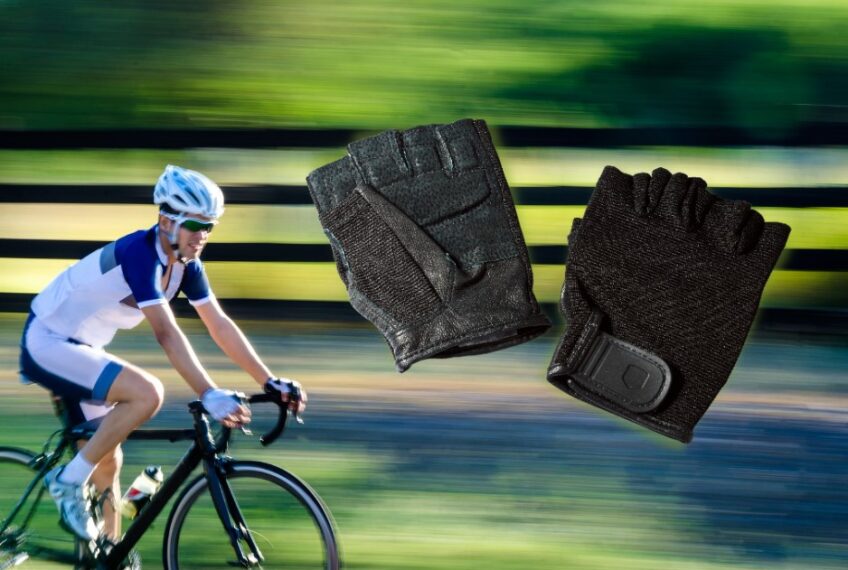
Padded gloves are an essential item for extra comfort and protection during a cycling class. They provide a cushioned layer between your hands and the handlebars, reducing pressure and preventing calluses and blisters.
Wearing padded gloves during your class offers the following benefits:
- Better Grip: Padded gloves help you maintain a better grip on the handlebars, especially when your hands get sweaty during an intense workout.
- Comfort: The extra padding reduces pressure on your palms, making it more comfortable to ride for extended periods.
- Protection: Gloves also offers added protection in case of a fall, reducing the risk of injury to your palms or fingers.
When buying padded gloves, look for a well-fitting pair with thick padding on the palms and breathable fabric on the back of your hand to prevent sweating. Investing in a good pair of padded gloves can significantly enhance your cycling experience.
Sunglasses to protect eyes from sunlight and wind
Wearing sunglasses during a class helps protect your eyes from the sun’s harmful UV rays and wind that can dry out your eyes and cause discomfort.
When choosing sunglasses for cycling, consider the following tips:
- Look for lenses that offer 100% protection against UVA/UVB rays.
- Choose lenses that are shatterproof and impact-resistant to protect your eyes from debris and bugs.
- Select wraparound frames that hug your face to provide maximum coverage and prevent sun and wind from entering your eyes from the sides.
- Avoid frames with thick temples or nose pads that can interfere with your helmet or cause discomfort during long rides.
Investing in a good pair of sunglasses can provide protection and comfort during your cycling class.
Headband or sweatband to prevent sweat from dripping into the eyes
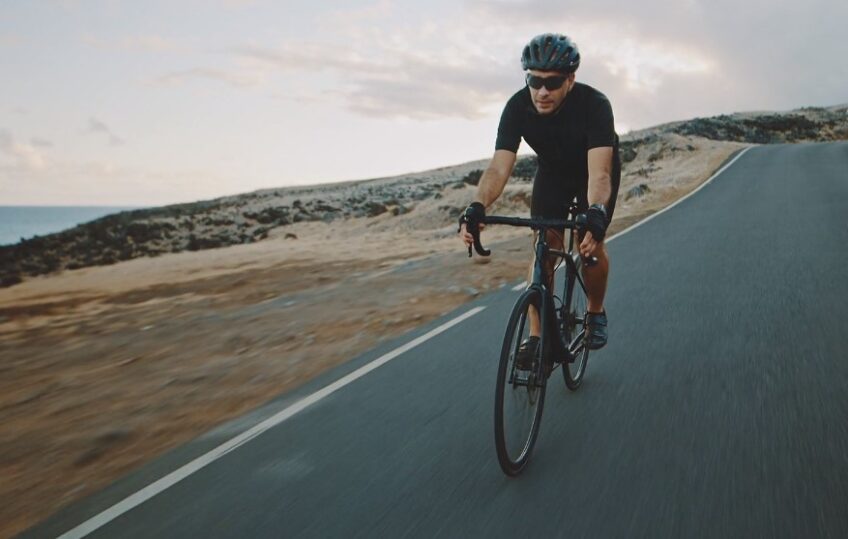
Headbands or sweatbands are a must-have accessory for anyone attending a cycling class to prevent sweat from dripping into their eyes and face.
These functional garments absorb sweat and keep you cool, dry, and comfortable throughout your workout, allowing you to focus solely on your cycling.
When selecting a headband or sweatband, it’s essential to pick one made from a breathable material that delivers excellent moisture-wicking properties. Cotton or spandex-blend options are perfect as they are soft, stretchy, and gentle on the skin. Also, consider choosing headbands that come with in-built grips or nonslip materials to prevent them from slipping or moving during the workout.
Dressing for Different Seasons
Knowing what to wear to a cycling class is essential for your comfort and performance, regardless of the season.
Here are some tips to help you choose the right outfit for each season:
- Spring: Wear lightweight and breathable clothing that wicks away sweat, such as shorts and a sleeveless jersey. Arm warmers and leg warmers can be layered on top for chilly mornings.
- Summer: Opt for moisture-wicking fabrics and light colors to reflect the sun’s rays. Sleeveless or short-sleeved jerseys and shorts are the best options for hot weather.
- Fall: Start with a lightweight base layer and add long-sleeved jerseys and tights for cooler temperatures. A windbreaker can be worn on top on windy days.
Summer cycling clothes
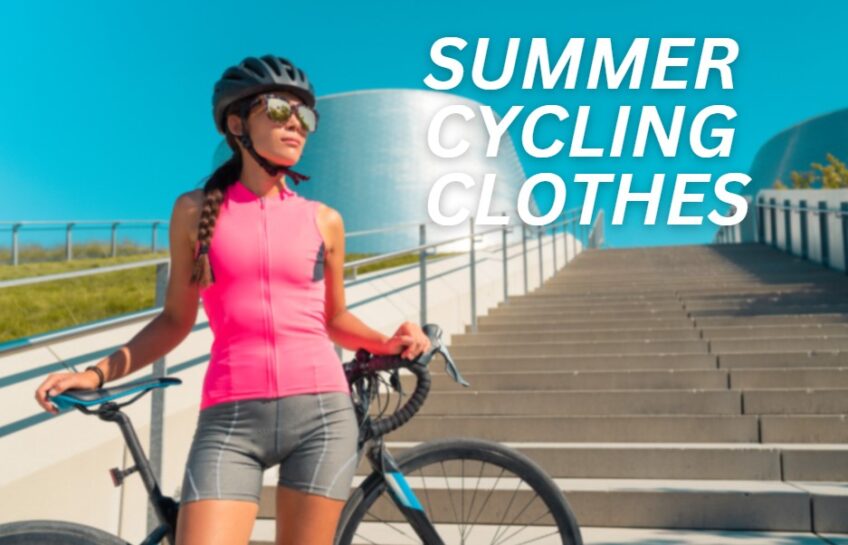
Choosing the right clothing for a cycling class can make a significant difference in your comfort and performance during the workout.
Here are some tips for choosing the best summer cycling clothes:
- Look for moisture-wicking fabrics that will pull sweat away from your skin, keeping you dry and cool throughout the ride. Avoid cotton, which can become heavy and uncomfortable when wet.
- Invest in a good pair of padded shorts to prevent chafing and provide extra cushioning during longer rides.
- Choose lightweight and breathable tops that allow for movement and ventilation. Tank tops and sleeveless jerseys are great options for hot summer days.
- Don’t forget about proper footwear. Opt for cycling shoes or sneakers with stiff soles that will provide support and stability while pedaling.
Spring/Fall cycling clothes
Here are some cycling clothes to consider for your next indoor or outdoor cycling class:
- Base Layer: Wear a moisture-wicking base layer that can absorb sweat and keep you dry during your workout.
- Cycling Jacket or Vest: As temperatures cool down, consider wearing a jacket or vest for added warmth and protection from wind or rain.
- Arm Warmers: Arm warmers are an excellent option for unpredictable weather conditions as they are easy to put on and take off as needed.
- Leg Warmers: Similarly, leg warmers can be added or removed as necessary and provide warmth without weighing you down.
Don’t forget to wear comfortable cycling shorts or pants and padded gloves for a comfortable ride. Pro Tip: Check the weather forecast before your ride to ensure you dress accordingly and bring any necessary accessories such as sunglasses or a hydration pack.
Other Things to Keep in Mind
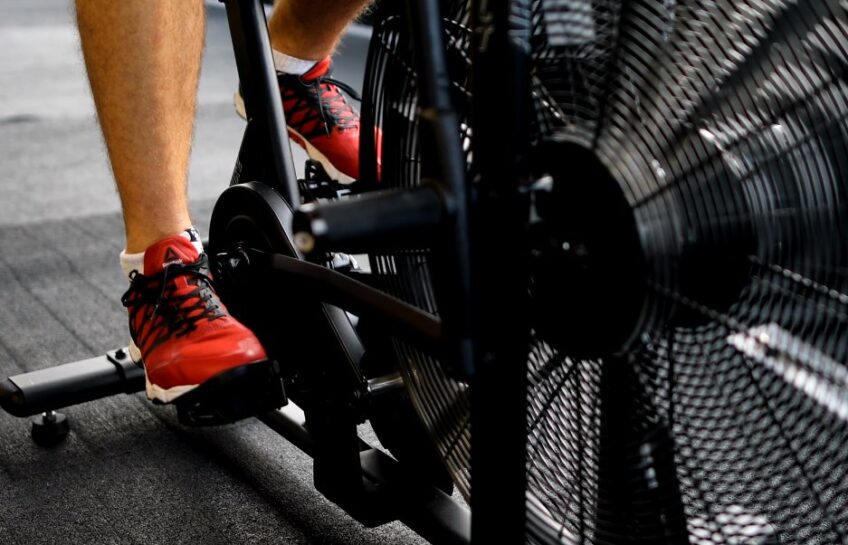
When it comes to what to wear to a cycling class, there are a few other things to keep in mind besides just the clothes you’ll be wearing.
First, make sure to wear comfortable shoes that are specifically designed for indoor cycling. Regular sneakers won’t provide the grip and support you need for a safe and effective workout.
Second, bring plenty of water and a towel to wipe away sweat during the workout. Staying hydrated and dry is key to avoiding fatigue and discomfort.
Third, arrive early to set up your bike and get any necessary adjustments or instructions from the instructor. This will ensure that you have a safe and comfortable ride.
Finally, listen to your body and take breaks as needed. Push yourself, but don’t overdo it, especially if you’re new to cycling.
Make sure clothing fits properly
Making sure that your cycling clothes fit properly can enhance your cycling experience by making you more comfortable and efficient while you ride.
Here are some tips for choosing the right fit:
- Wear a snug-fitting top that allows for freedom of movement and breathability. A cycling jersey is a great option.
- Opt for form-fitting clothes that minimize wind resistance and prevent chafing.
- Choose shoes that fit snugly and provide ample support to avoid foot cramps and other discomforts.
Avoid jewelry or anything that can get caught in the equipment
When attending a cycling class, it’s important to avoid wearing any jewelry or clothing that may get caught in the equipment, especially during high-intensity cycling sessions.
Avoid wearing any loose-fitting clothing, jewelry, or accessories, as they can get caught in the bike’s chains or pedals, resulting in injuries. Wear clothes that are comfortable and won’t interfere with your workout.
Dress for the Intensity of the Class
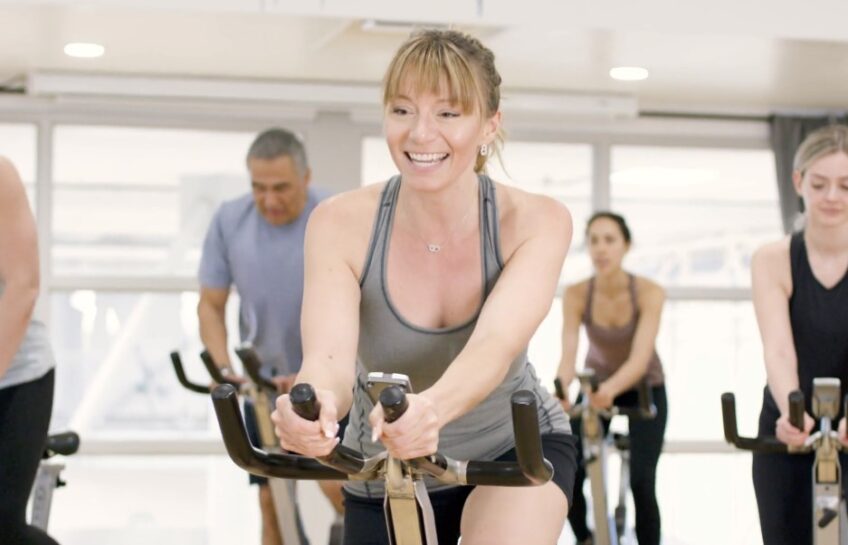
To get the most out of it, it’s crucial to dress for the intensity of the class. Here are some tips on what to wear to a cycling class:
- Moisture-wicking clothes that fit well and don’t restrict movement are essential. Avoid cotton, as it absorbs sweat and can leave you feeling uncomfortable during your workout.
- Choose padded cycling shorts to cushion your buttocks and reduce chafing.
- Wear supportive and breathable athletic shoes, with stiff soles to help avoid foot pain and increase power transfer while pedaling.
Don’t forget to bring a towel to wipe away excess sweat and a water bottle to stay hydrated throughout the class. Pro tip: Dress as if you were going for a long run, but instead of running shoes, opt for supportive cycling shoes.
High-intensity class (more breathable clothing)
If you are planning to attend a high-intensity cycling class, it is important to wear breathable clothing that will allow you to move comfortably and stay cool. Here are some clothing options to consider:
- Moisture-wicking fabric: Look for tops and bottoms made with moisture-wicking fabric, as it helps to absorb sweat and keep you dry and comfortable during intense workouts.
- Breathable materials: Clothing made with breathable materials such as mesh or lightweight cotton will help you stay cool, and comfortable and avoid overheating during your workout.
- Fitted clothing: Wearing fitted clothing, such as leggings or cycling shorts, reduces the risk of your clothing becoming caught in the pedals or bike chain and causing injury.
- Padded shorts: Padded shorts or similar options can provide the necessary cushioning for your seat, allowing for a more comfortable and longer ride.
Remember to wear appropriate shoes and accessories to maximize your overall cycling experience.
Low-intensity class (warmer clothing)
In a low-intensity class, the focus is on technique and endurance rather than raw power output. It means that you need to wear clothes that are comfortable, breathable, and warm enough to regulate your body temperature without overheating.
Here are some tips on what to wear to a low-intensity cycling class:
- Tops: Wear a moisture-wicking, long-sleeved top that fits snugly but not too tight. Look for tops made of breathable materials that allow air to circulate freely and keep you dry during the ride.
- Bottoms: Wear padded cycling shorts or leggings that fit well and offer good support. Avoid baggy pants or shorts that can get caught in the pedals or cause chafing.
- Shoes: Wear shoes or sneakers that provide good traction and support. Avoid shoes with thick soles or high heels that can interfere with your pedal strokes.
FAQs
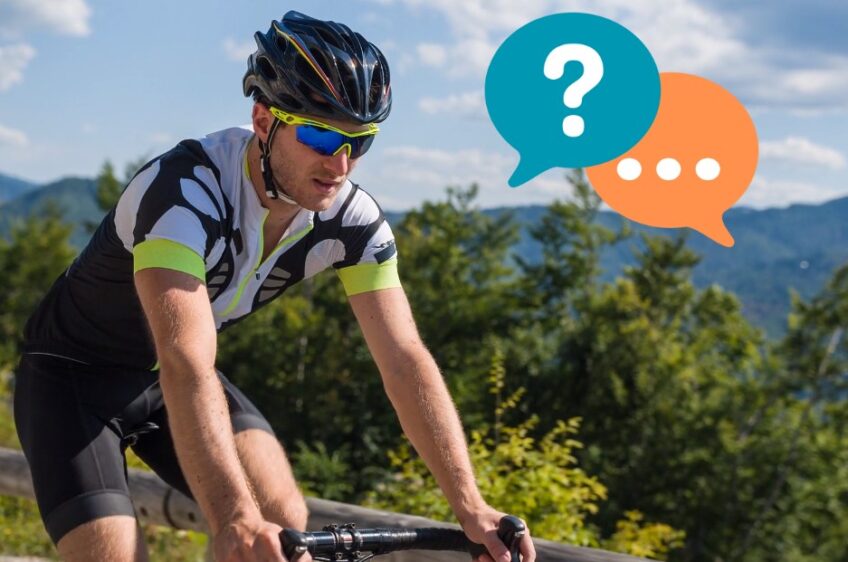
What type of fabric is best for cycling clothing?
Moisture-wicking fabrics such as polyester or nylon are ideal for cycling clothing, as they can help wick away sweat and keep you dry and comfortable.
Can I wear a regular bra to a cycling class?
A sports bra is recommended for it, as it can provide support and prevent discomfort during high-impact movements.
What type of pants or leggings should I wear to a cycling class?
Athletic leggings or shorts that are form-fitting and breathable are recommended for this type of class. Avoid wearing cotton or baggy pants that may cause friction or discomfort.
Can I wear a T-shirt to a cycling class?
A moisture-wicking t-shirt or tank top can be worn to this class, but avoid wearing baggy or loose clothing that may get caught on the bike or impede your movement.
What should I bring to a cycling class?
In addition to appropriate clothing, you may want to bring a water bottle, a towel to wipe away sweat, and a positive attitude. Some studios may provide towels or have water stations, so check with the studio beforehand.
Conclusion
In conclusion, dressing appropriately for a cycling class can help you feel more comfortable, confident, and prepared to get the most out of your workout. Consider investing in some cycling-specific clothing that will provide the necessary support, comfort, and breathability for high-intensity activity. Don’t forget to also bring water, a towel, and a positive attitude, and you’ll be ready to conquer any cycling class in style.

